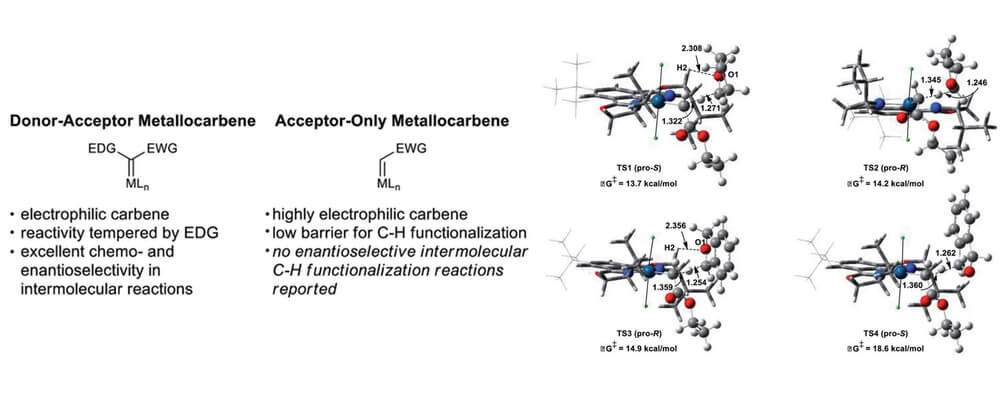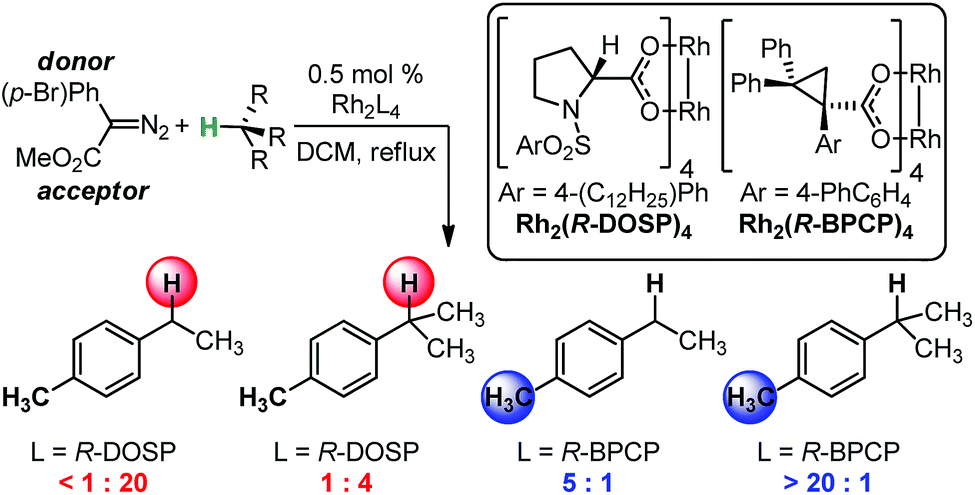The Development of Multidimensional Analysis Tools for Asymmetric Catalysis and Beyond
Matthew S. Sigman, Kaid C. Harper, Elizabeth N. Bess, and Anat Milo
Acc. Chem. Res.,
2016, 49 (6), 1292–1301; 10.1021/acs.accounts.6b00194

05/2016
Pick up any publication outlining the discovery of novel transformation or catalytic system and the first table you will come across will the optimization table, screening solvents, temperatures and additive conditions. Highlighted in this table are the optimum conditions, with little attention paid to the explanation or meaning of the other results.
This Conspectus from the Sigman group outlines the approach that has evolved in their group to try and capture this information, provide meaning to the results that are outliers and use a combination of techniques to rationalize and guide optimization. This summary provides a historical and tutorial perspective that describes the origins of this hypothesis and the decision points along the timeline of its development.
Using a combination of Liner Free Energy relationships (LFERs) and Design of Experiment (DoE) principles an approach that provides a clear picture of how the physical organic parameters impact reactivity and selectivity in range of asymmetric catalysis transformations has emerged. The flexibility of this technique is described in this overview, detailing the many collaborations that the Sigman group has built using this technology.
This approach has proven impactful within the CCHF, with recent work on carbene and nitrene systems.
Related Content
-

02/2016
Iridium(III)-bis(imidazolinyl)phenyl catalysts for enantioselective C–H functionalization with ethyl diazoacetate
RESEARCH
-

03/2015
Using IR vibrations to quantitatively describe and predict site-selectivity in multivariate Rh-catalyzed C–H functionalization
RESEARCH
-

03/2014
Analyzing Site Selectivity in Rh2(esp)2-Catalyzed Intermolecular C–H Amination Reactions
RESEARCH